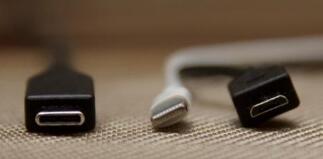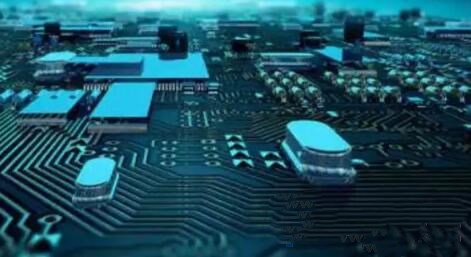The University of Science and Technology of China announced that it has developed a new type of catalyst that can eliminate the "toxic shock" crisis of hydrogen fuel cell carbon monoxide, extend battery life, and widen the temperature limit of battery use to ensure that it can start normally in the cold winter.

Hydrogen fuel cells currently have many breakthrough innovations and patents, and have the advantages of less air pollution and relatively mature technology, but the high cost has constrained its development process. Xu Haidong, assistant secretary-general of the China Automobile Association, said: "Once the cost problem is effectively solved, the future hydrogen fuel cell technology will become an important support for the development of the new energy automobile industry. ”
In the field of hydrogen energy applications, automobile giants such as Japan and South Korea have been involved earlier. In February 2013, the world's first production version of the hydrogen fuel cell vehicle Hyundai ix35 FCV officially went offline, and now NEXO is also ready to go; Honda Clarity, Toyota Mirai and other concept cars have also been mass-produced. In the future, South Korea plans to increase the annual production capacity of hydrogen fuel cell passenger cars to 100,000 by 2025; Japan predicts that the global fuel cell market will grow 28 times in 2017 compared with 2017.
Compared with pure electric vehicles, hydrogen fuel cell vehicles have the characteristics of “short hydrogen charging time and long lasting life”. It is understood that the Honda Clarity concept car can be filled with hydrogen fuel in just 3 minutes, and can achieve a maximum cruising range of 750 kilometers. Therefore, the hydrogen energy vehicle industry is attracting more and more car companies. In June last year, Hyundai and Audi signed a contract to jointly develop hydrogen energy technology and hope to develop the hydrogen energy automobile industry chain. In addition, GM has established cooperation with Honda, BMW and Toyota.
Focusing on the domestic market, China has long established a hydrogen energy fuel cell research and development institution with the university research institute as the main body, and laid a certain foundation for automotive applications. In the passenger vehicle field, SAIC launched the Roewe 950 plug-in hybrid fuel vehicle. Great Wall Motor also acquired a 51% stake in Shanghai Fuel Cell Vehicle Power Systems Co., Ltd. and plans to launch the first hydrogen fuel cell vehicle in 2022. In the field of commercial vehicles, Yutong and Futian hydrogen fuel cell buses have been put into practical use, and China National Heavy Duty Truck has also developed three hydrogen energy fuel vehicles.
At present, the state has given strong support to the hydrogen energy fuel vehicles at the policy level. In February 2018, the Ministry of Finance, the Ministry of Industry and Information Technology, the Ministry of Science and Technology, and the Ministry of Development and Reform Commission jointly issued the "Notice on Adjusting and Improving the Financial Subsidy Policy for the Promotion and Application of New Energy Vehicles", stipulating that the fuel cell vehicle subsidy standard remains unchanged, while the local bicycle subsidy is not More than 100% of the national bicycle subsidy.
In the long run, “With the mass production of fuel cell auxiliary systems, the realization of key components including air compressors and humidifiers, the cost of fuel cell systems can be greatly reduced, and the cost of hydrogen fuel cell vehicles will be reduced to the traditional Car level." The person in charge of the car company said.
However, the development of hydrogen energy vehicles still faces many problems, such as the difficulty of hydrogen energy storage and the difficulty in building hydrogen refueling stations. According to the data, as of the end of 2017, there are 328 hydrogen refueling stations in operation worldwide, including 12 in China. However, these hydrogen refueling stations mainly provide replenishment services for R&D and demonstration vehicles and cannot be effectively popularized.
In response to the above problems, China proposed in 2018 that it should systematically promote the industrialization of fuel cell vehicles and accelerate the development of on-board hydrogen storage system technology. By 2020, the mass production and scale demonstration of fuel cell vehicles will be realized. According to industry insiders, hydrogen energy application is an important development direction and will change the existing energy landscape in the future. Ouyang Minggao, an academician of the Chinese Academy of Sciences and executive vice president of the China Electric Vehicles 100, even gave a specific time node. "In 2025, fuel cell technology will mature, and the cumulative promotion of automobiles will reach 50,000 to 100,000."
At that time, with the improvement of infrastructure and the continuous improvement of technology, hydrogen fuel cell vehicles with high efficiency, low pollution and long battery life will develop rapidly and eventually become an indispensable part of the new energy automobile industry.

 Inglés
Inglés  Chino
Chino  Alemán
Alemán  Coreano
Coreano  Japonés
Japonés  Farsi
Farsi  Portuguese
Portuguese  Russian
Russian  Español
Español 





